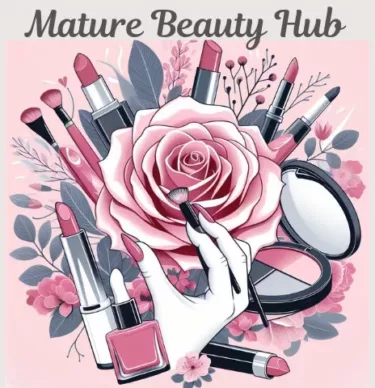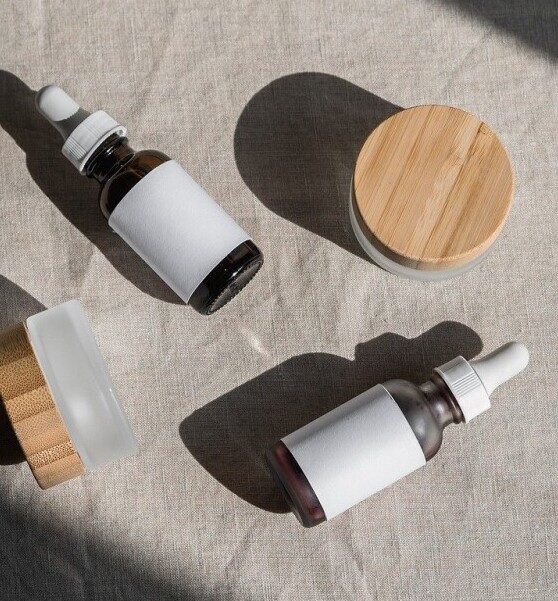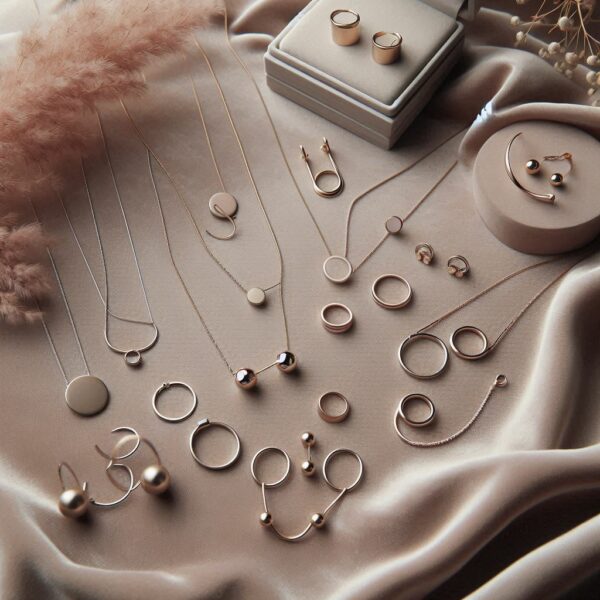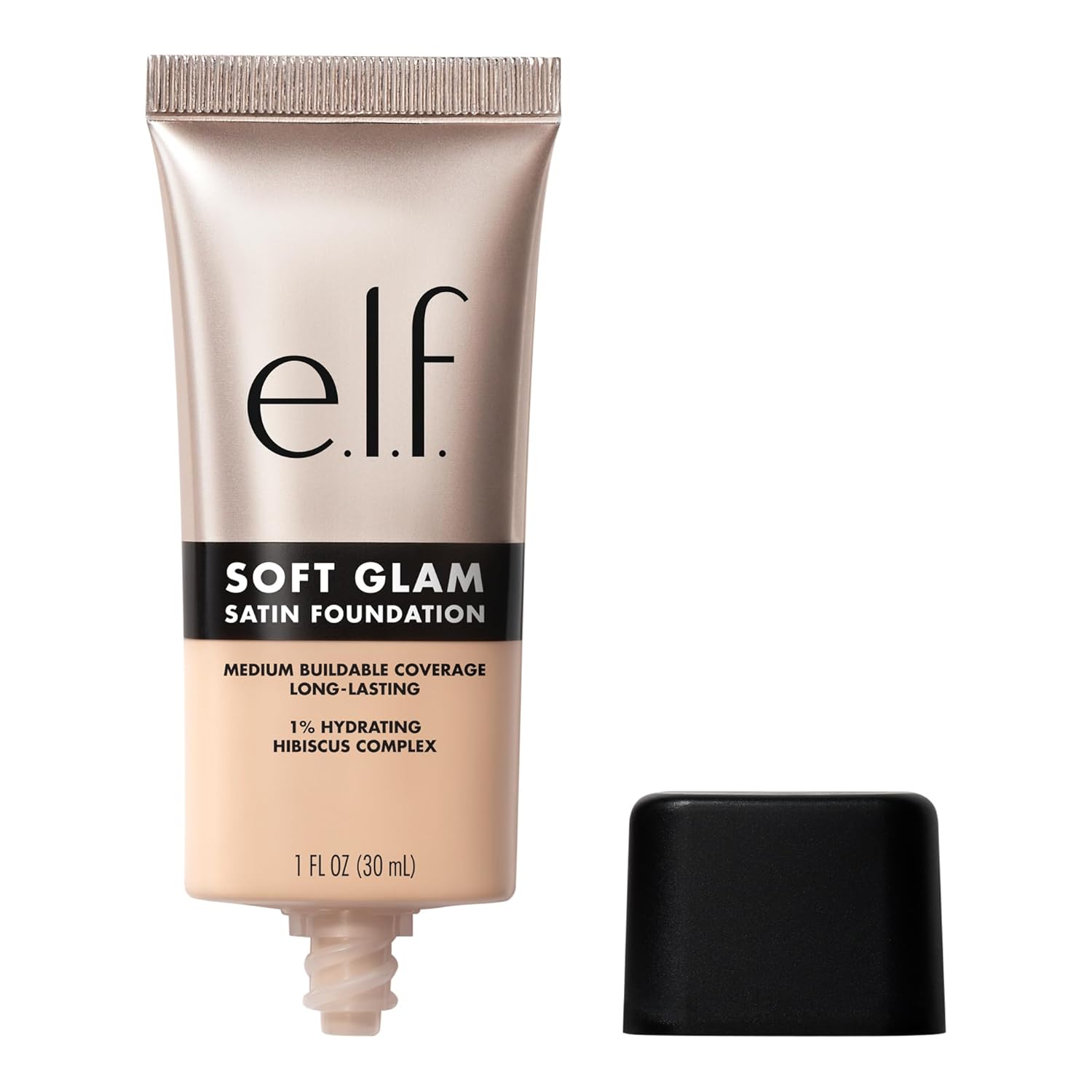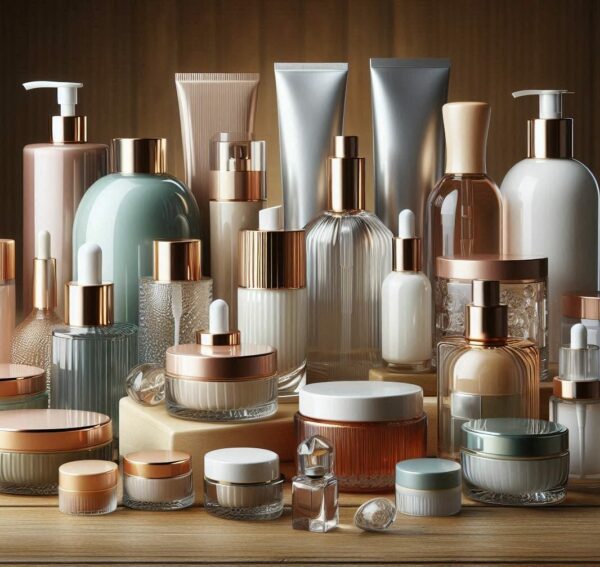Aging skin might feel like an unwelcome guest, but understanding its science can help manage it. The skin, our largest organ, gradually loses elasticity and firmness as collagen production dwindles. Enter the world of anti-aging treatment with acids! These powerhouses target those pesky signs of aging, providing a boost where your skin needs it most.
Acids in skincare can sound daunting, but they’re far from it. These nifty molecules do a bit more than just a surface clean. They work hard to shed old skin cells, revealing fresher layers beneath. This renewal process can make skin feel smoother and look visibly younger.
When you bring acids into your beauty routine, you’re adding dynamic players to the field. They don’t just sit on the skin’s surface; they dive deep into the layers, tackling fine lines, sun damage, and uneven texture head-on. Regular use can not only smooth wrinkles but also add back that youthful glow.
Thinking of introducing acids to your skincare regime? You’ll find plenty of benefits. They can elevate your routine from mundane to marvelous, providing hydration, brightening, and renewing properties that can transform tired, aging skin into a fresher version of itself.
